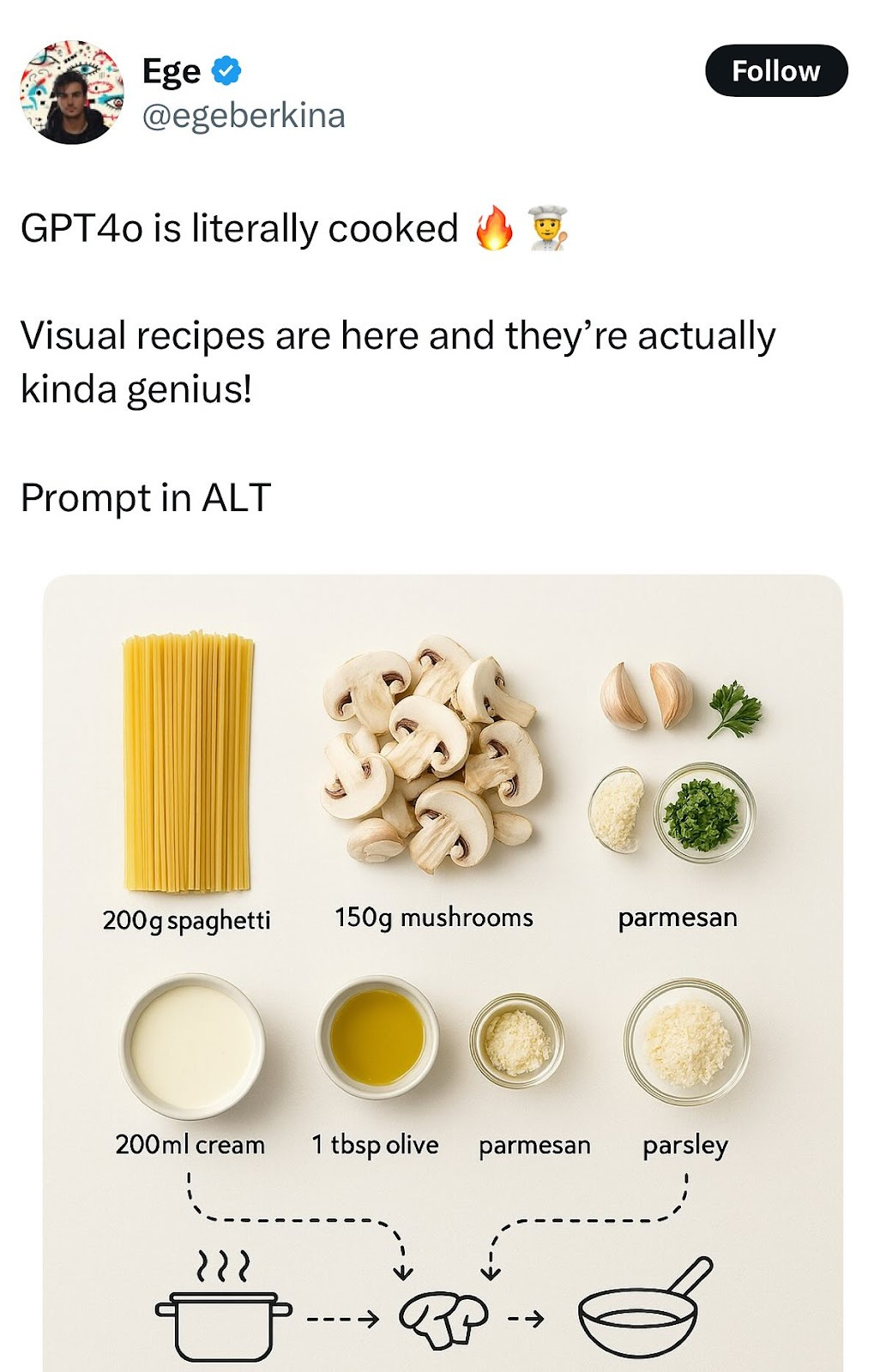“Groceries… it’s such an old fashioned term, but a beautiful term. Groceries: it sort of says a bag with different things in it. Groceries went through the roof, and I campaigned on that, I talked about the word “groceries” a lot,” said President Donald Trump last Thursday, “Liberation Day.” In the midst of announcing reciprocal tariffs on nearly every trading partner of the United States, Trump launched into a tangent about grocery prices under President Biden’s tenure. Perhaps in an effort to remind people that, indeed, while grocery prices are about to rise even higher, they were already pretty high, and that’s not his fault.
Under Biden, eggs were expensive, but that was because of bird flu. Massive corporate food conglomerates started putting a few less chips in every bag, a few less miniature freeze-dried marshmallows in each cereal box. Bidenflation was shrinkflation. Though not ideal, at least we had beans, rice, and tinned fish. Beans from Canada, rice from Pakistan, sardines from Morocco: tariffs of 25%, 29%, and 10% on basic sustenance, not mere junk food. And that’s not even how most young, cosmopolitan people eat.
While Millennials had avocado toast, so too do Zoomers, alongside every other major and minor home cooking trend that comes across their FYP. I recently stayed at my girlfriend’s childhood house, and her mother’s home cooking is perfectly Midwestern: hearty, homey, comforting. She subsequently revealed to me that her mom only uses table salt to cook. It’s a generational thing, we decided. You used to cook at home because you had to eat. Now, young people spend more time deliberating which J. Kenji López-Alt recipe to use than actually cooking. It’s a major kitchen faux pas to not own a box of Diamond Crystal kosher salt. Scrolling through your saved Reels tab or the NYT Cooking page takes longer than preparing a classic meatloaf or “white people tacos,” but where’s the fun in that? The truth is hard to swallow: there will be less viral recipes in the future containing white miso and gochujang.
But that’s ok, because Gen Z has already embraced a post-meal lifestyle, at-home eating consisting more of assorted snacks and treats than nose-to-tail cooking. Influencers like Aimee France and alissasmagic have revolutionized the concept of having more than one beverage at breakfast, or home-making a pesto dip to eat with vegetables. This is not a bad thing: when food is delineated on a plate prepared by ourselves, we are generally more mindful of what we consume (as long as it does not tread into “adult lunchable” territory). But what happens when that consumption is driven by the opportunity to consume imported cheeses and cured meats, or $50 loose leaf tea? These are already expensive to procure pre-tariff, and simply not sustainable in a post trade-war world. You can still eat local sourdough, but I’m not sure it hits the same in front-facing video bites with Boar’s Head “hard salami.” Besides, do you really trust this FDA with your cured meats? Listeria summer, like high egg prices, happened under Biden. It’s only downhill from here.
So what are we supposed to eat, if not imported butters and mustards? If our groceries are going up in price, so are the groceries of restaurants. Rita’s, an American bistro in London, recently posted that due to a jalapeno shortage, they were going to have to increase the price of their iconic margarita (garnished with a spicy gilda). If jalapenos are 35 quid a kilo in London because of bad weather in Spain, imagine how expensive Brooklyn wine bars will be with climate change and a tariff on top. Maybe it’s finally time to give up sushi and learn to cook at home.
I’m talking about actually learning, too. The internet has democratized restaurant-quality home cooking in many ways, few of which relate to actually cooking food because you need to eat it. Rather, cooking has to look good, even at home. The Staub has to be photo-ready alongside the food. Forget dinner consistently tasting good, and throw leftovers out of the window. Each meal has become an $80 trip to the grocery store for two servings (one per person, because couples must cook together). Accounts like cabbages.world and twopplcooking have Zoomer and Millennial couples convinced that perhaps cooking at home should be equal parts romantic and beautiful in this crazy world. One half of the latter—Hailee Catalano—has parlayed this spirit of abundance into a cookbook out this week via Penguin Random House: By Heart: Recipes to Hold Near and Dear. That is, the recipes are near and dear to her, not anyone else, because what we hold near and dear is our phones, especially the people who exist on them.
But these couples are not the only offenders. So much “home cooking” content is based not around technique nor convenience, but what spurs the most engagement, regardless of ease or cost. Christian Petroni, another tri-state influencer with a forthcoming cookbook—Parm to Table—specializes in overhead videos of meals made exclusively of imported Italian ingredients accompanied by soothing voiceover recounting his childhood growing up between the Bronx and Italy. Each dish he makes starts and ends with extra virgin olive oil, and between the Parmigiano Reggiano and Pecorino Romano, making a meal from his book will likely break your bank. Though there is something charming about his inelegance, never chopping quite uniformly, always dropping a bit of sauce here, a bit of cheese there. Petroni is confident in his imperfection and limited culinary knowledge, which is something most home cooks lack in spades. And I think you should know your food is going to taste good before you start investing in ingredients labeled “DOP,” not the other way around.
Other content creators with book deals, like Ben Lippett, are focused on bringing a chef’s education into the kitchen, attempting to trace a line from technique through aesthetic to taste that others fumble. Lippett is like the thinking man’s Thomas Straker, or Gen Z Kenji López-Alt before he had to quit boozing. He is on a noble quest to make cooking informative and exciting for a generation that wants to look at food as much as they want to eat it, but do we really have a budget for nduja in this economy?
But some of Lippett’s advice rings true, mostly in terms of kitchen preparedness. When he quickly slaps together tapas-quality fried olives to have with a beer, I’m reminded of how my mom always used to have powdered Lipton onion soup mix that could be used to season ground meat or homemade chip dip on a moment’s notice. Knowing how to stock a pantry for your cravings with non-specialty, non-prepared food is a skill in itself.
And yet I have started to see AI generated recipes appear online. Of course, the only people lauding them—for now—are Soylent-fueled tech bros. What these “recipes” ultimately amount to are top-down generated photographs of “ingredients” in bowls with haphazardly drawn arrows and quantities indicating steps from start to finish. Upon closer inspection, the “prompts” were less “write me a recipe,” and more “illustrate this bad recipe.” AI does not yet know the visual difference between parsley and parmesan cheese, so I doubt that it knows how to season to taste, let alone digest written instructions for cooking and somehow make them more legible. Given the Google-esque capabilities of ChatGPT, it is asinine to use AI to generate a photo of a recipe rather than give you a list of the most popular recipes for any given dish, but I digress: some people are not capable.
But knowing what you’re capable of will be key in a world where paying for groceries is its own capability. You can waste time on YouTube recipes, and money on fancy cookbooks, but you should dedicate an equal amount of energy to thinking about what you like, and how you will satisfy your own basic needs before the passive aesthetic diets of others on your feed. Arrive at a place where your phone no longer has to eat first. I’m not advocating for ugly food—after all, food tastes better when it looks good—but rather simple food that crosses your plate so regularly that it no longer is remarkable. Then, when given the chance to prepare it for others, what is second nature to you becomes extraordinary for someone else.
But that does not mean everything should be made in mind for someone else: some food is better left alone. My algorithm has recently been awash with Zionist food influencers like Eitan Bernath, Jake Goldberg, and Falmer who, post-October 2023, have built sizable followings off of colonizing global cuisine. Everything they’ve ever made is delicious, and also Israeli, and if it’s not Israeli, they’ll find a way to make sure it can be. The zeal with which they reclaim “ancestral” food reminds me of carnivore and seed-oil-free influencers: you cannot possibly be serious. They are emblematic of the online recipe endgame, the final boss of the foodfluencer attention economy. Not everything is your own, nor is it meant to be made as such. Just because you can make “matzah meatza” doesn’t mean anyone else needs to make it, too. Now is not the time for “funky fusions,” especially not of the caesar salad variety.
So what should we cook at home? I do not expect anyone to return to making pot roast with potatoes, onions, and carrots. But I do think there is room for liberation in the kitchen from recipes of all kinds. Like placing your phone in the other room while you watch a movie at home, maybe the same should be done while cooking. “But what if I need a timer?” That’s square one. If you cook multiple Bon Appetit style recipes per week, you should already own a separate tool to keep time in your kitchen. A phone prolongs whipping up a quick weeknight pasta or tofu bake. Learn to cook without one, and you will actually learn to cook. If you cannot, then you might have other issues beyond the price of groceries.










any kind of roast hits the spot tbh. I really like making shepherds pie in the winter months which I can never make look that pretty but it tastes great
I wanna start making meatloaf on the regular